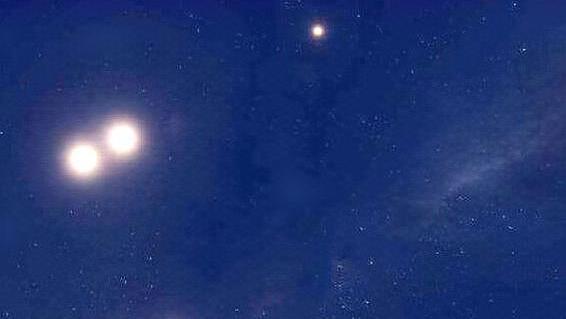We often imagine our solar system as if the sun were motionless at the centre of the solar system, while the eight planets and many other bodies in the solar system orbit around the sun in an orderly fashion, with the earth as one of them, which begs the question, is the sun suspended in the universe?
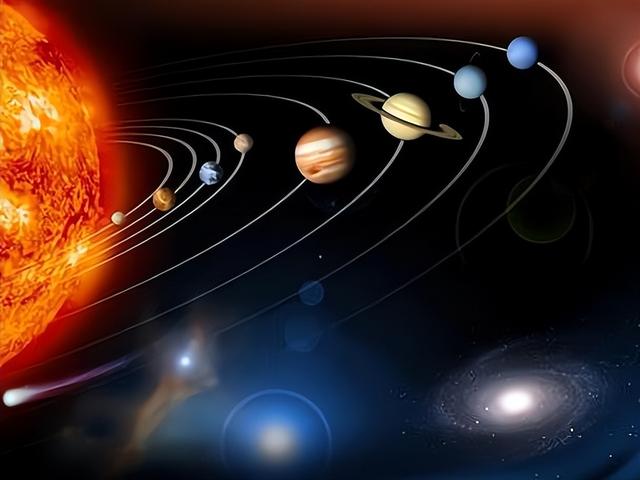
In fact, the sun is not as stationary in the universe as one might think. It is constantly leading the many bodies in our solar system in a revolution around the centre of our galaxy at a speed of up to about 230 km per second.
Since the plane of the sun's orbit has an angle of about 60 degrees to the ecliptic plane of the solar system (i.e. The plane of the earth's orbit around the sun), the actual motion of the solar system should look like this
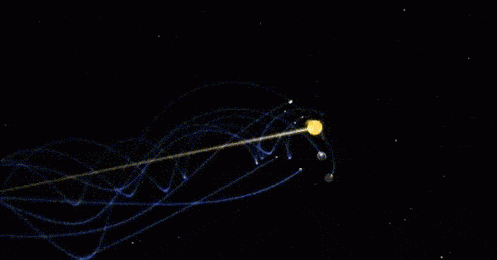
It can be seen that the sun is not suspended in the universe; in fact, those images we often see of the sun as fixed and immobile are actually simplifications to facilitate a more intuitive understanding of the solar system.
Let's look at what is above and below the solar system. First we need to define which direction is "Above" And "Below" The solar system. "And "Below" Are defined by humans themselves. Let's start with a diagram.
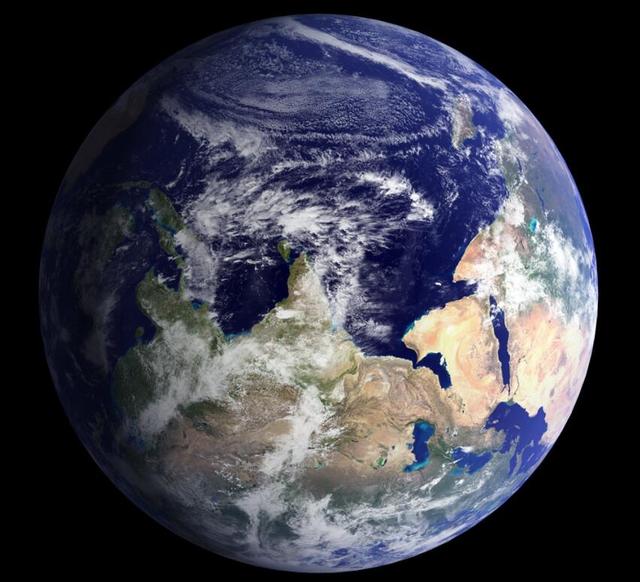
I believe you can immediately see that the planet in the picture above is the earth, but if you look closely, i believe you will feel that this picture is not quite normal, why? Because the 'top' of the picture is the southern hemisphere and the 'bottom' is the northern hemisphere. If we were to look at this picture upside down, we would feel that it is "Normal".
This is the human habit of defaulting to "North on top and south on the bottom", so we can define "North" Of the solar system as "Above" And "South" As "Above". "South" Is "Below". But the question is, which direction is the 'north' and 'south' of the solar system?
In fact, in astronomy, to avoid confusion about the definitions of 'north' and 'south', it is common to use what is known as the 'right-hand rule' to define a celestial body's "North" And "South".
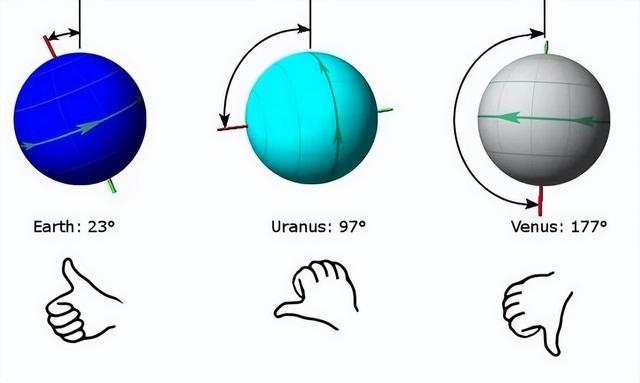
As shown above, if we use the four fingers of our right hand to indicate the direction of rotation of a celestial body, then the thumb of our right hand is pointing to the north pole of that body.
In the solar system, the equatorial plane of the sun essentially coincides with the ecliptic plane of the solar system, and the sun rotates in the same direction as the eight planets in the solar system, so we can also define the "North" And "South" Of the solar system by the "Right hand rule". The "South" Is defined by the "Right-hand rule".
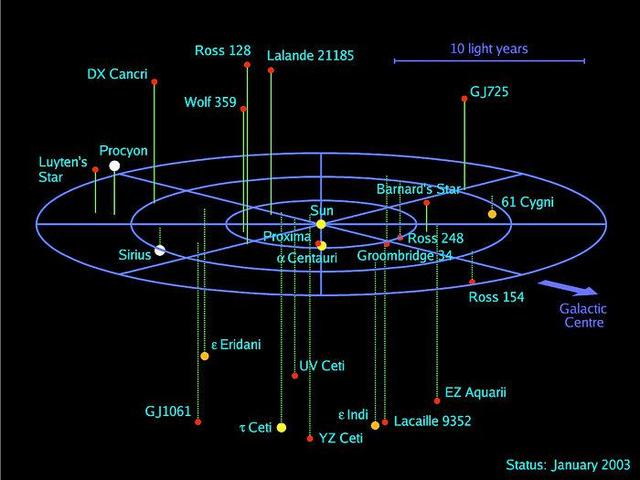
As you can see, there are no stars above the solar system in this range, which means that there is nothing in this region except for very thin interstellar matter and the occasional "Passing" Wandering object.
Below the solar system, there is a star system labelled 'alpha centauri'.
This star system is in fact "South gate ii" (also known as alpha centauri), which contains three stars, alpha centauri a and alpha centauri b "Both are yellow dwarfs about the size of the sun, and they form a stable binary system orbiting each other (at a closest distance of about 11.2 astronomical units and a farthest distance of about 35.6 astronomical units).
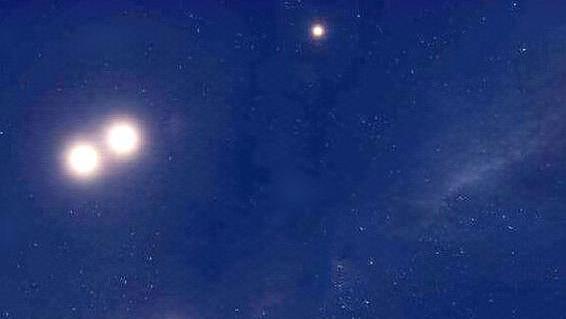
At a distance of about 13,000 astronomical units from this binary system, there is also a faint red dwarf star orbiting them, the nearest star to us, proxima.
It is worth noting that proxima has three planets, one of which, the rocky planet named "Proxima b", is very similar to earth, with observations showing that the planet has a radius of 1.07 (±0.35) times that of earth and a mass of about 1.17 times that of earth, and, more importantly, that "More importantly, proxima b is located in the habitable zone of its host star, which means that there is a possibility of life on this planet.


